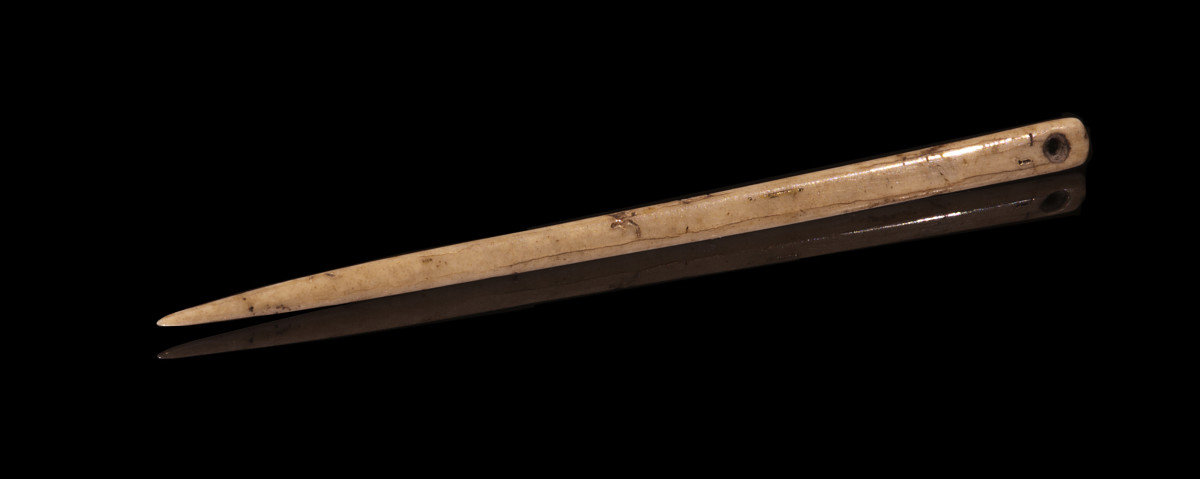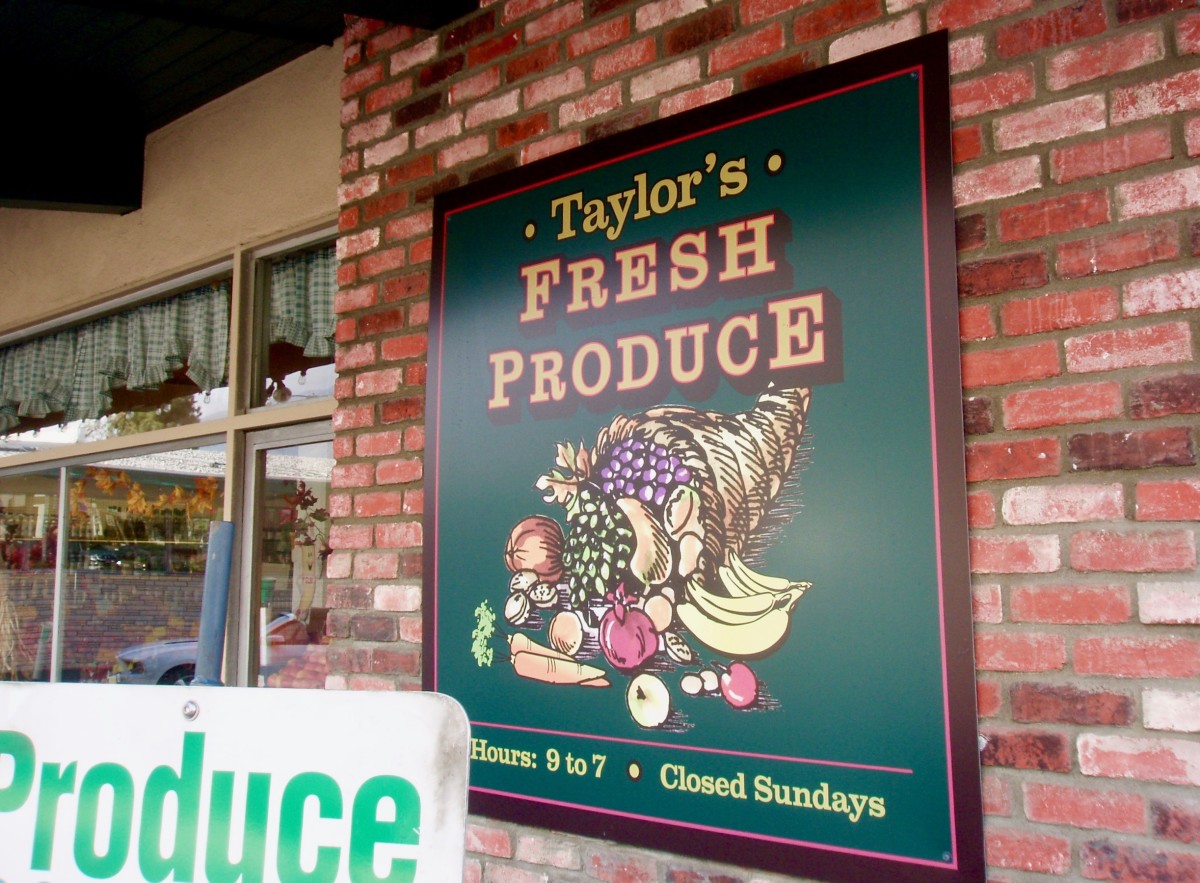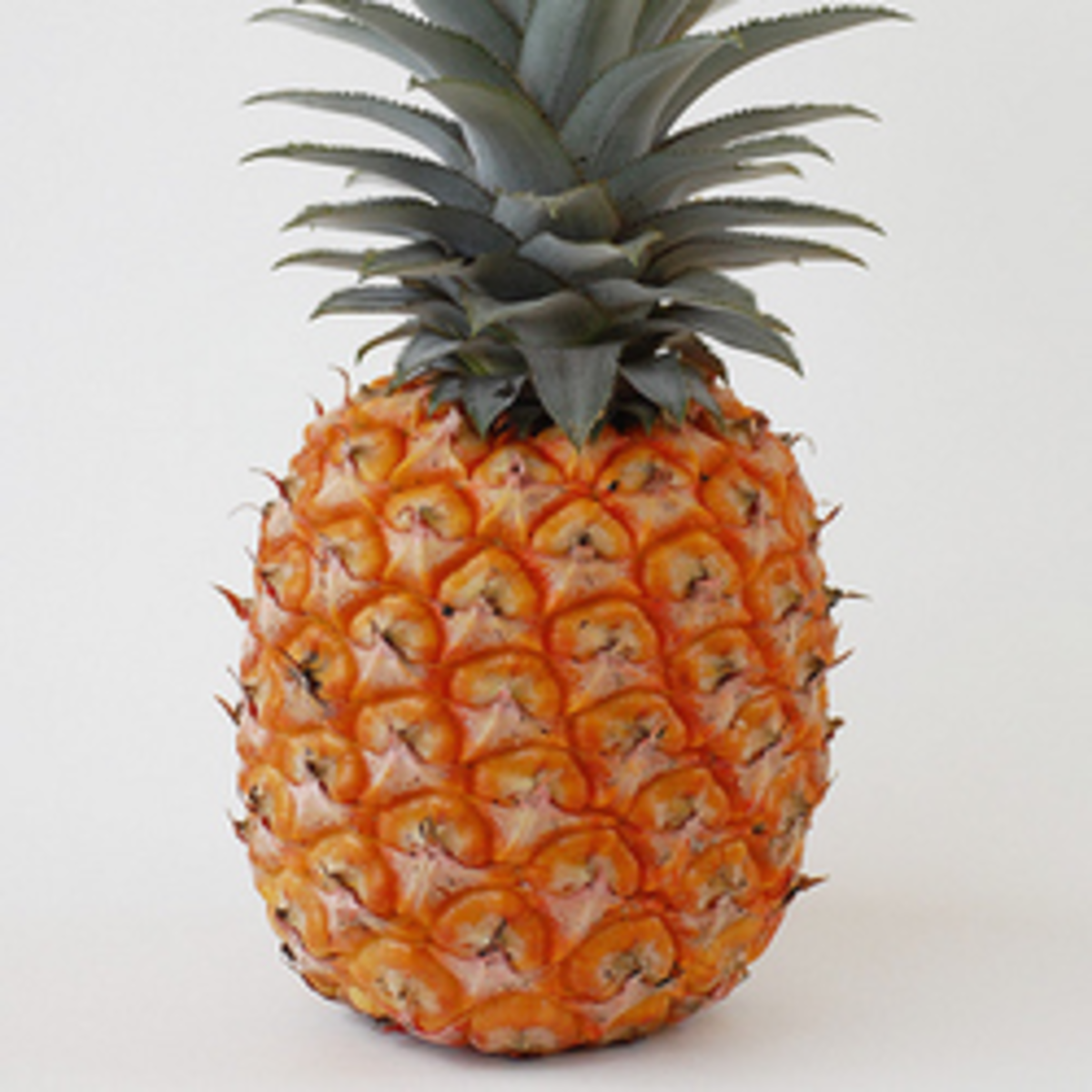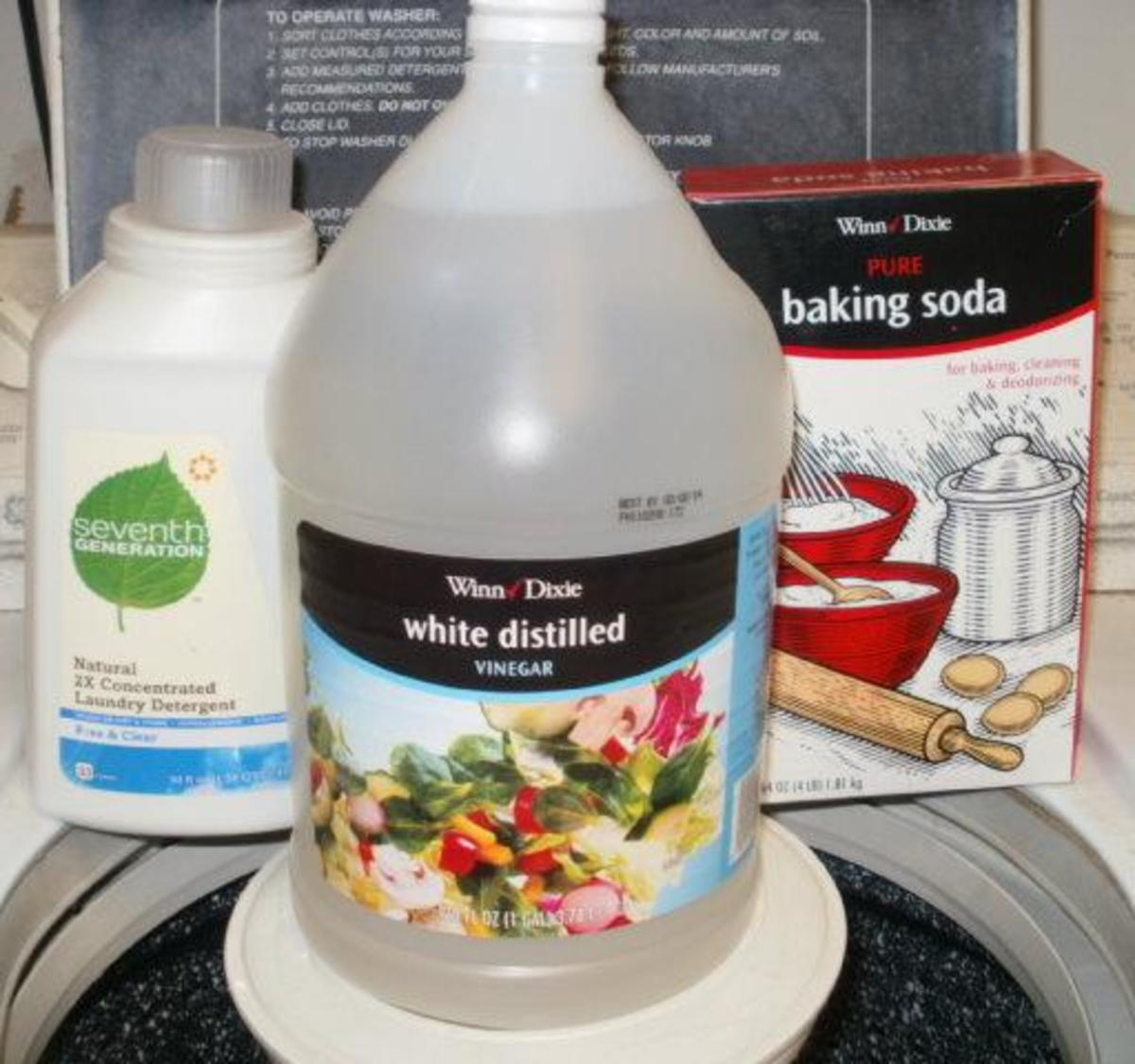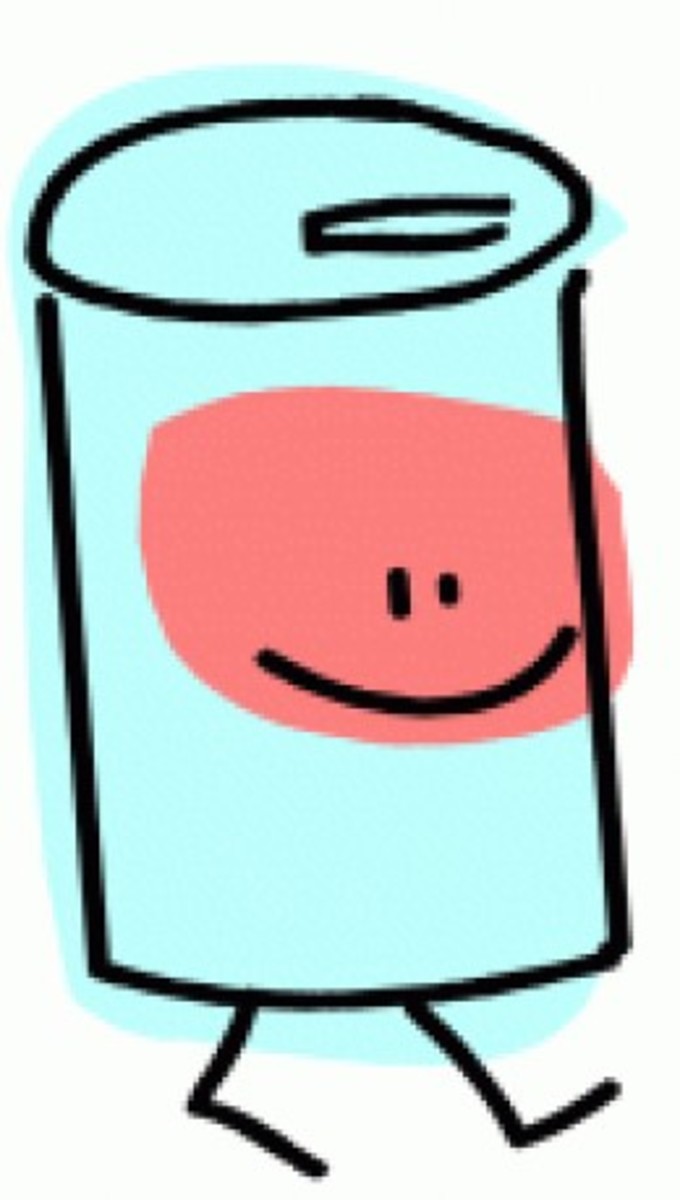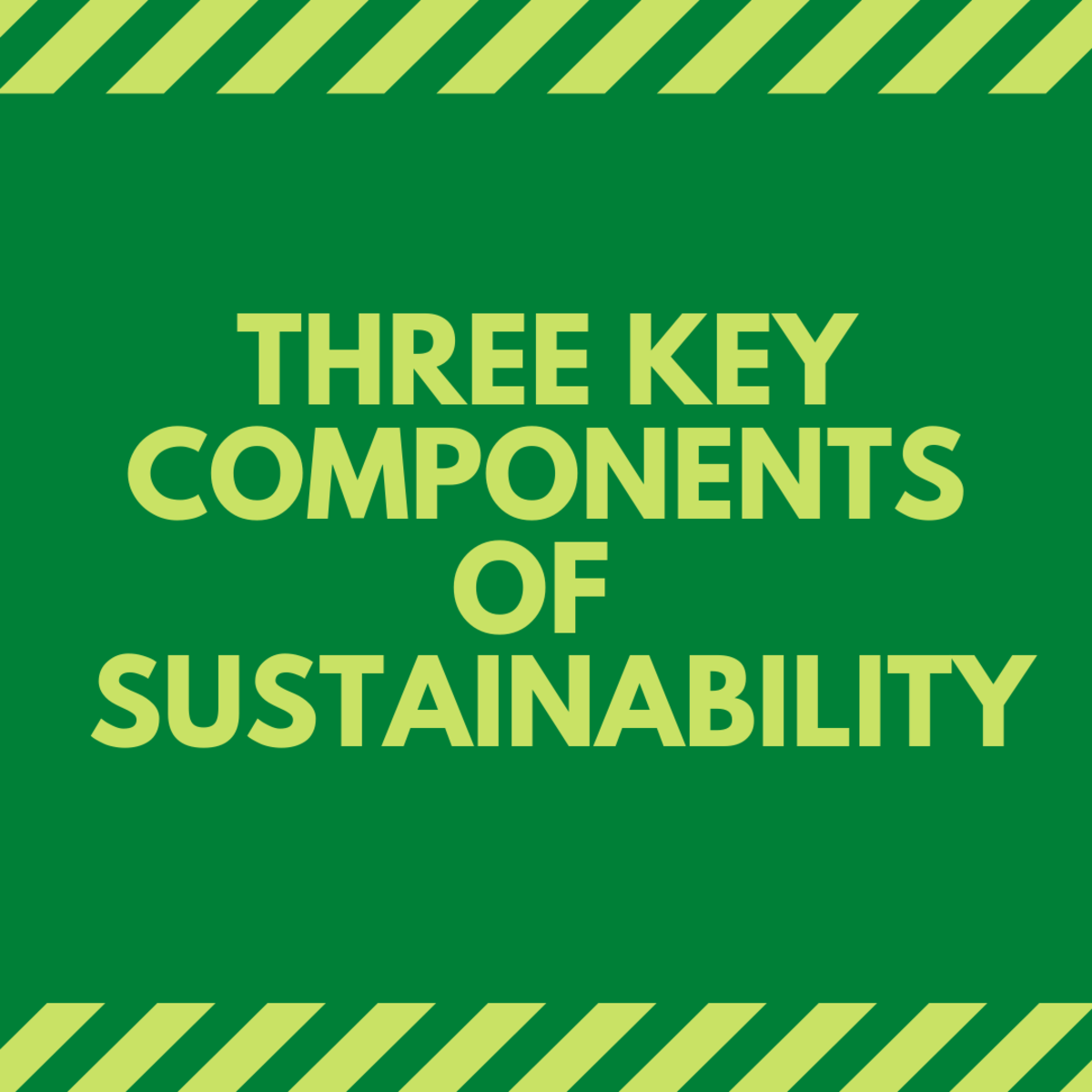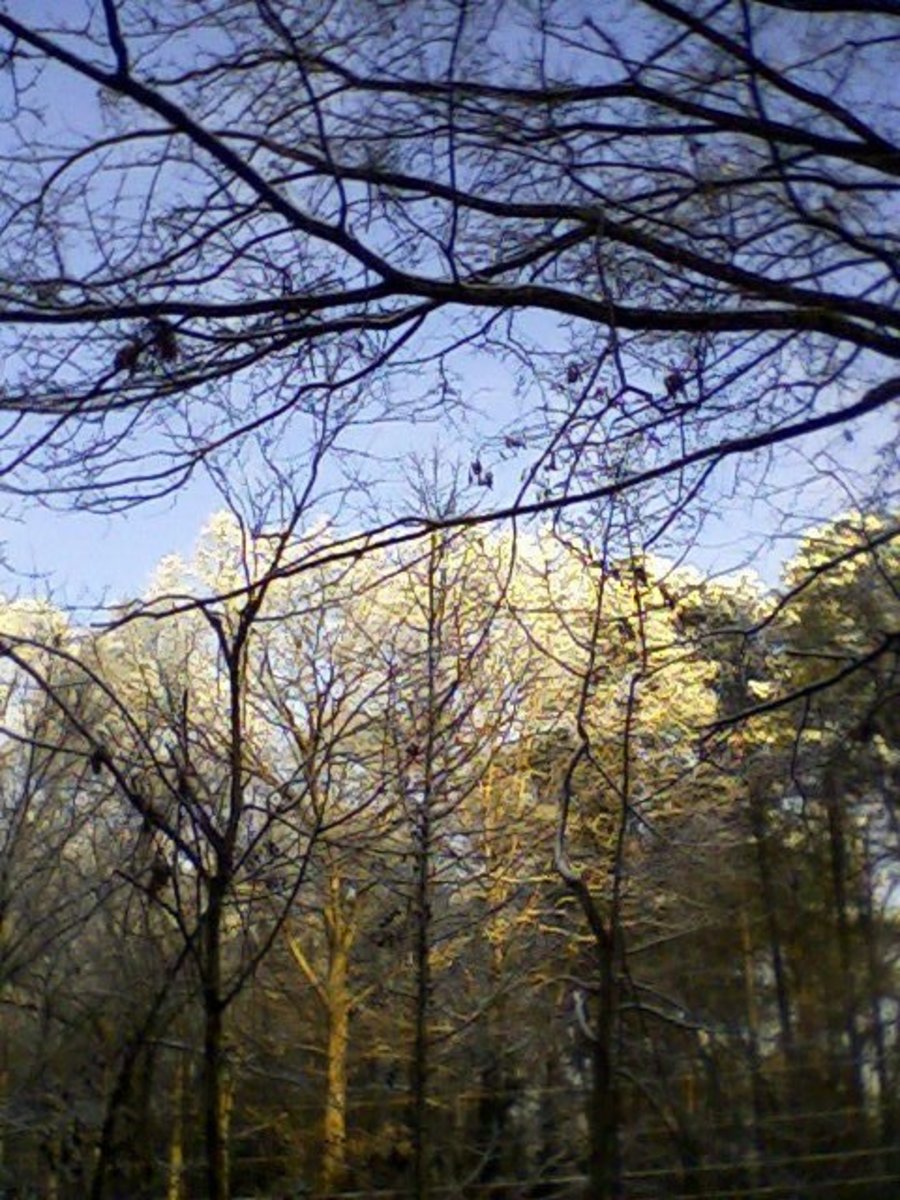Eco-friendly dresses from Pineapple leaves
Take a good look at this picture. Would you believe if I said it is made out of Pineapple leaves?
Yes! Pineapple leaves are used for creating a very eco-friendly cool fiber called Pina. It is a Spanish word meaning 'Pine'.
The history of this type of weaving originated from Philippines. Kalibo is the oldest weaver of this type of cloth.This Filipino fabric was worn by aristocrats in the olden days. It was a symbol of royalty. Even today it is manually woven and is considered as a precious fabric as there are not many weavers who do this. Manual weaving enables the weavers to incorporate intricate designs in the fabric.It is handed down across generations as a family heirloom for its value. It takes a lot of time and effort to produce this fabric. The resulting fabric is very thin and smooth like silk. It also has a great dye retaining capacity. It is easily washable and durable and is much better compared to most of the fabrics. As a result the fabric is costly. It is primarily used to make the formal wear for men( Barong Tagalog) and women (Mukha Mekhla). Wedding dresses and blouses are also popular form of dresses which use this material.These dresses are exported to different countries. Some countries mix these fibers with cotton or silk to produce new raw materials for their fabric manufacture.
How is it done?
The leaves are cut and fiber is extracted by hand.
The fibers are long and sturdy.
Each of the fiber is knotted one after the other to form a long strand of fiber.
This strand is then used as the raw material for weaving.
Eco-friendly Product:
Pine apple trees are natural resources for this product and there is no harmful chemicals involved during the production of the fabric. The dyes used are all herbal.
How to take care of Pina clothes?
Soak the cloth in warm water with a mild detergent.
Gently hand wash the clothes.
If the cloth becomes dull, add a little vinegar while soaking.
Do not scrub or wring the cloth as it may disrupt the embroidery.
Hang the cloth on a hanger and allow it to dry.
Press it in low heat if it needs to be ironed.
Here is an awesome video of the whole process.





